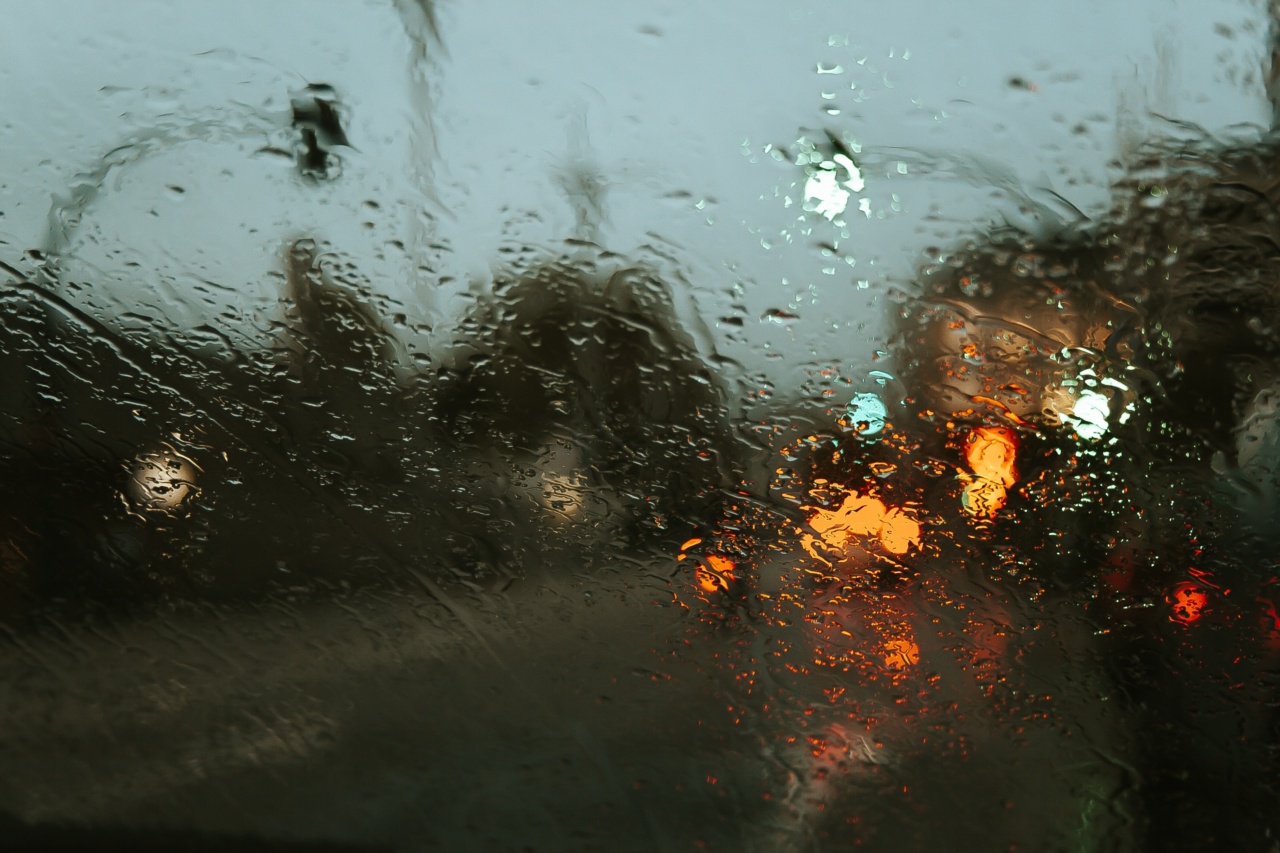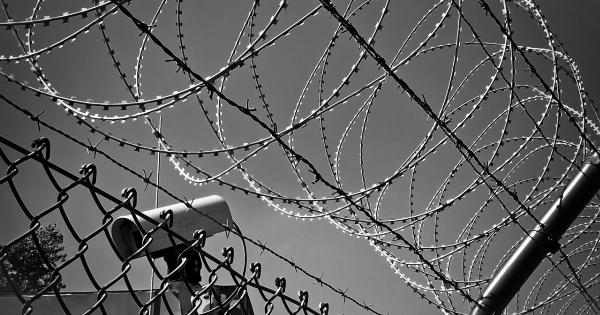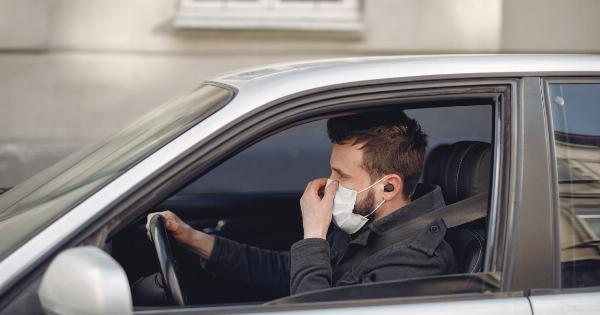Private insurance companies have access to vast amounts of data regarding traffic accidents and insurance claims. By analyzing this data, valuable insights can be gained about the impact of various factors on road safety and accidents.
One such factor that significantly affects traffic conditions and leads to a rise in accidents and injuries is bad weather. In this article, we will explore the data obtained from private insurance companies, which reveals the correlation between bad weather, traffic congestion, and the occurrence of lesions.
The Role of Private Insurance Data
Private insurance companies collect extensive data related to car accidents, claims, and compensation.
This data includes details about the time and location of accidents, weather conditions during the incident, the severity of injuries, and the types of vehicles involved. By analyzing this information, insurers gain a deeper understanding of the factors contributing to accidents and their financial implications.
Insurance companies use this data to calculate risk levels and determine premiums. They also employ it to develop strategies to enhance road safety and prevent accidents.
The valuable insights gained from these data analyses can inform government policies, infrastructure developments, and public awareness campaigns.
The Impact of Bad Weather on Traffic
Bad weather conditions, such as heavy rain, snowstorms, or fog, have a significant impact on traffic patterns and congestion levels.
When weather conditions worsen, visibility decreases, road surfaces become slippery, and driving becomes more challenging. These adverse conditions often contribute to increased traffic congestion and a rise in accidents.
Private insurance data reveals that during periods of bad weather, there is a notable increase in the number of reported accidents and claims. This surge can be attributed to several factors:.
1. Reduced Visibility
Severe weather conditions often lead to reduced visibility for drivers. Rain, fog, and snow reduce the distance drivers can see ahead, making it harder to react promptly to sudden events on the road.
The limited visibility caused by bad weather jeopardizes road safety and increases the likelihood of accidents.
2. Slippery Road Surfaces
When it rains or snows, the road surfaces become slippery, undermining the tires’ grip on the pavement. This reduced traction increases the chances of losing control over the vehicle.
As a result, drivers may experience skidding or difficulty in maneuvering their cars effectively, leading to accidents and traffic disruptions.
3. Challenging Driving Conditions
Driving in bad weather conditions poses additional challenges to motorists. Adverse weather, such as heavy rain or snowstorms, requires drivers to adapt their driving techniques.
However, not all drivers are adequately trained or experienced in handling challenging weather conditions. The lack of appropriate skills and preparedness can contribute to an increase in accidents, congestion, and traffic disruptions.
4. Decreased Road Capacity
Bad weather conditions lead to a decrease in road capacity due to drivers slowing down, maintaining longer following distances, or choosing alternate routes.
This reduction in road capacity exacerbates congestion and increases the likelihood of collisions in areas with high traffic volumes.
Lesions and Bad Weather
According to private insurance data, the incidence of lesions, both minor and severe, rises during bad weather. Lesions can occur due to a variety of factors related to adverse weather conditions:.
1. Increased Road Accidents
As discussed previously, bad weather affects visibility, road surfaces, and driving conditions. These circumstances significantly raise the probability of accidents occurring.
Consequently, the number of people sustaining injuries, both minor and severe, increases during unfavorable weather conditions.
2. Longer Emergency Response Times
During bad weather, emergency services, including ambulances, fire departments, and police, may face challenges in reaching accident sites promptly.
Slippery roads and traffic congestion hinder the fast and efficient response required to provide immediate medical attention to accident victims. Delays in emergency response can result in worsened injuries and longer recovery periods, intensifying the impact of lesions.
3. Dependency on Road Travel
In extreme weather conditions, individuals may be reliant on road travel despite the risks associated with it.
The need to reach work, medical facilities, or support loved ones can lead people to brave the adverse weather conditions, increasing the probability of accidents and resulting injuries.
Government Response and Road Safety Measures
Awareness of the impact of bad weather on traffic and lesions has prompted governments, insurance companies, and road safety organizations to implement several measures:.
1. Weather Information Dissemination
Government agencies and meteorological services disseminate weather forecasts to the public, alerting them to potential adverse conditions.
This empowers individuals to make informed decisions about their travel plans and encourages them to adopt appropriate precautions.
2. Road Maintenance and Infrastructure
To mitigate the effects of bad weather on road safety, authorities invest in proper road maintenance and infrastructure improvements. Regular maintenance, such as clearing drains and fixing potholes, can enhance road conditions during inclement weather.
Additionally, improvements such as better signage, increased lighting, and well-marked lanes aid drivers in navigating safely despite reduced visibility.
3. Driver Education and Training
Insurance data revealing the impact of bad weather on accidents and lesions emphasizes the need for comprehensive driver education and training programs.
By educating and preparing drivers to handle adverse weather conditions, authorities aim to reduce the likelihood of accidents and mitigate the severity of injuries that may occur.
Conclusion
Private insurance data plays a crucial role in revealing the impact of bad weather on traffic and lesions.
By analyzing this data, we have observed that bad weather adversely affects visibility, road surfaces, and driving conditions, leading to an increase in accidents and congestion. Moreover, the incidence of lesions rises during unfavorable weather, highlighting the need for improved road safety measures and emergency response systems.
Through government initiatives, road maintenance, and driver education, efforts are being made to mitigate the impact of bad weather on road safety, ultimately reducing accidents and preventing injuries.





























